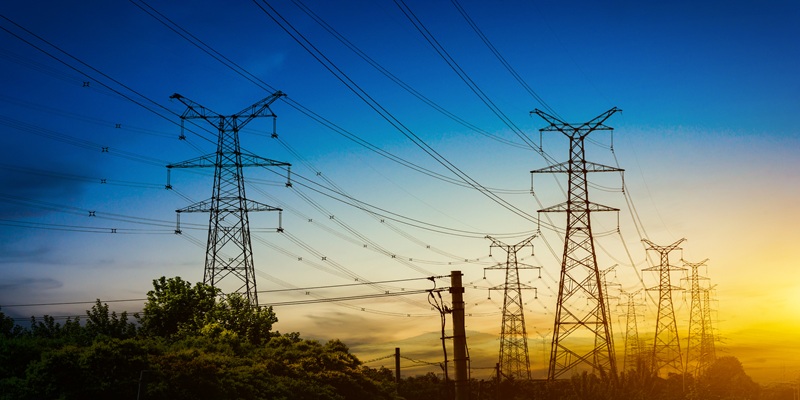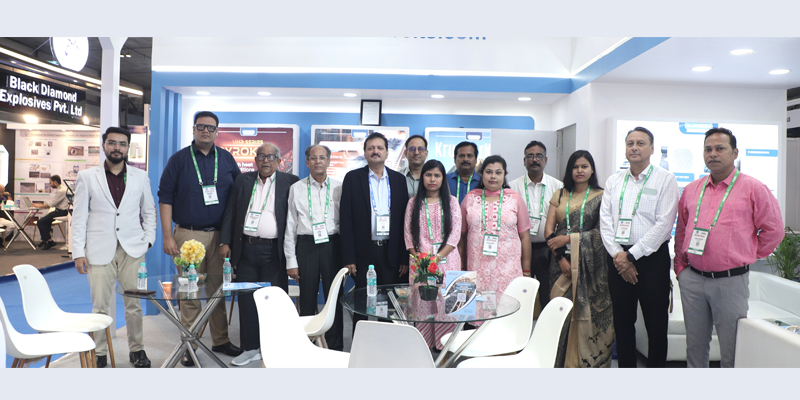Schedule a Call Back
The three paths for mobile hydraulics amidst electrified powertrains
 Articles
Articles- Sep 20,24
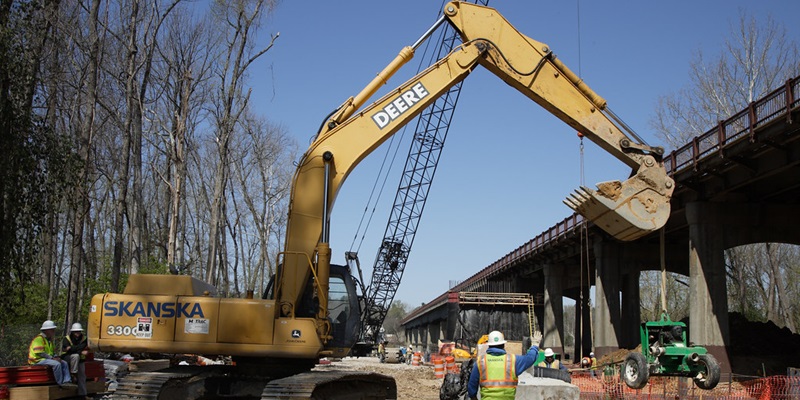
Related Stories

Rising demand and material limits could trigger supply crunch for OEMs
Blake Griffin, Research Manager, Interact Analysis, explains that rising trade tensions and rare earth restrictions could disrupt supply chains for industrial automation OEMs, with delayed 2025 orde..
Read more
Automation to Drive Packaging Machinery Market Surge
Rising labour costs, regulatory pressures, and the growing influence of e-commerce are driving the demand for end-of-line and warehousing packaging machineries. This growth is reshaping packaging st..
Read more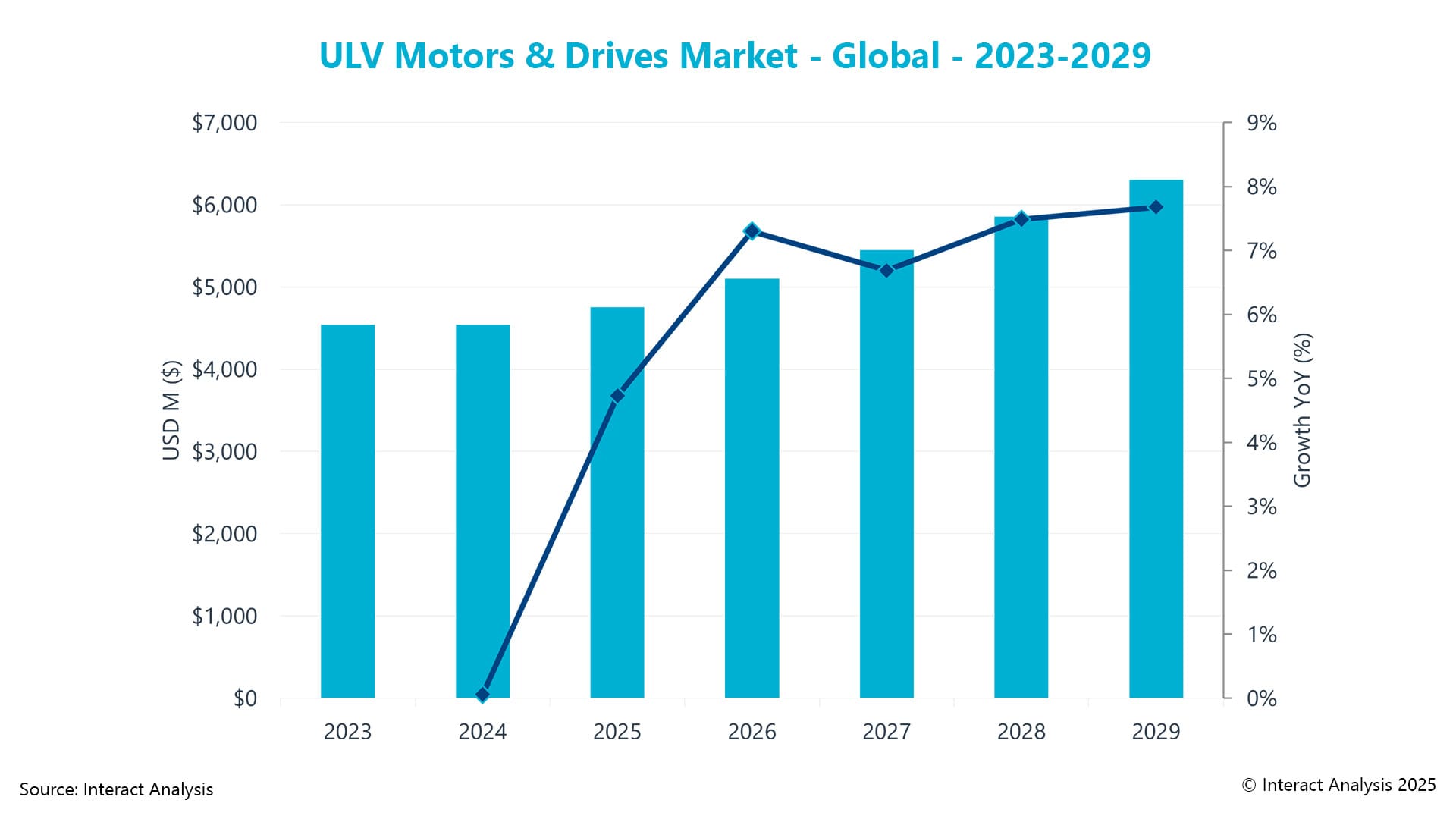
Ultra-low voltage motors and drives sector rebound in 2025: Interact Analysis
After growing at 0.1 per cent in 2024, the ultra-low voltage (ULV) motors and drives market is set for recovery in 2025, driven by mobile robotics and renewed industrial automation demand.
Read moreRelated Products
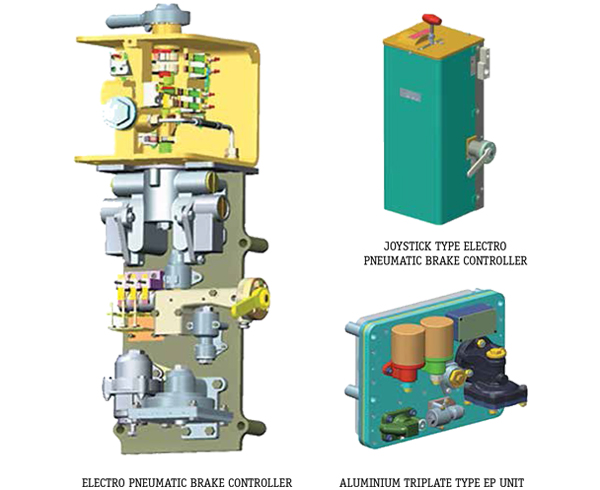
Electro - Pneumatic Brake System for Emu
Escorts Kubota Limited offers a wide range of electro - pneumatic brake system for EMU.
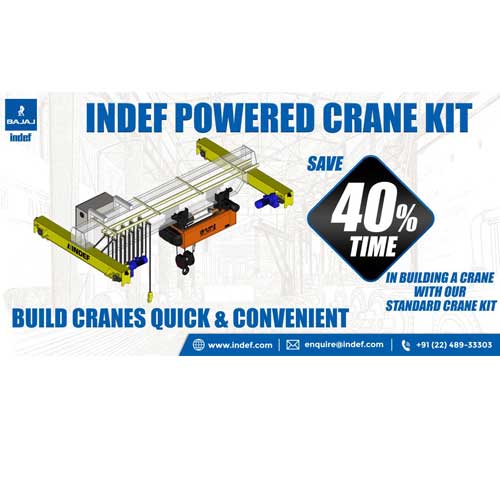
Indef Powered Crane Kit
Hercules Hoists Ltd offers a wide range of Indef powered crane kit.
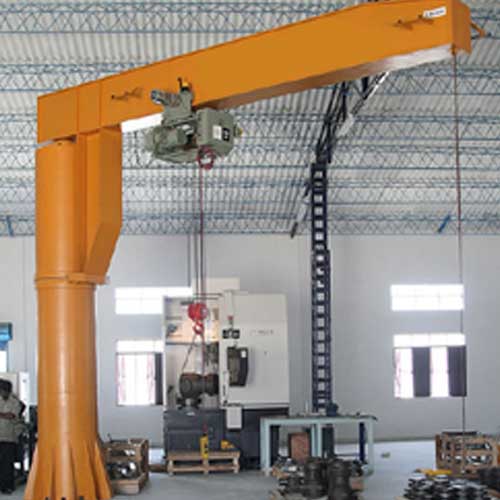
Jib Crane
DC Hoist & Instruments Pvt Ltd offers a wide range of Jib crane.







